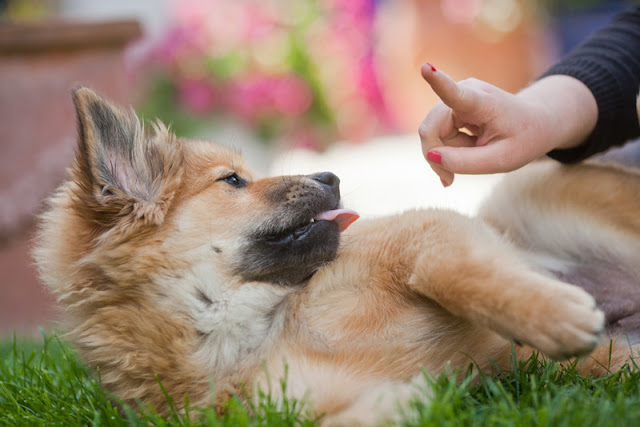Positive Reinforcement and Dog Training IV: Little Dogs vs Big Dogs

In this week’s edition of the series on positive reinforcement and dog training , I investigate whether small dogs are treated differently than large dogs. By Zazie Todd, PhD This page contains affiliate links which means I may earn a commission on qualifying purchases at no cost to you. People often wonder if little dogs behave differently because people let them get away with more due to their size, but is it true? The answer comes from a large-scale study by Christine Arhant and colleagues in Vienna. Since Viennese dogs must be registered with the city, they posted a questionnaire to a random sample of registered dog-owners. They received 1276 responses from owners of pet dogs that lived in the home with them. For the purposes of this study, 20kg was the cut-off for small dogs; any dog that weighed more than 20kg was considered a large dog . The questionnaire asked about training techniques and dog behaviour, as well as characteristics of the dog. Photo: OLJ S...






